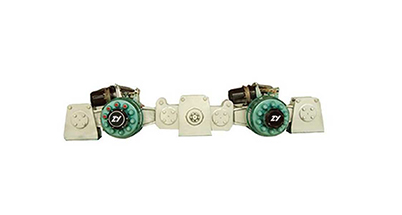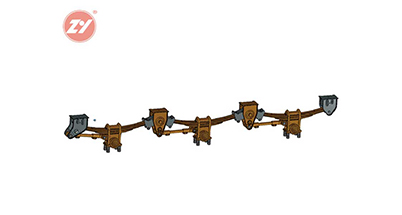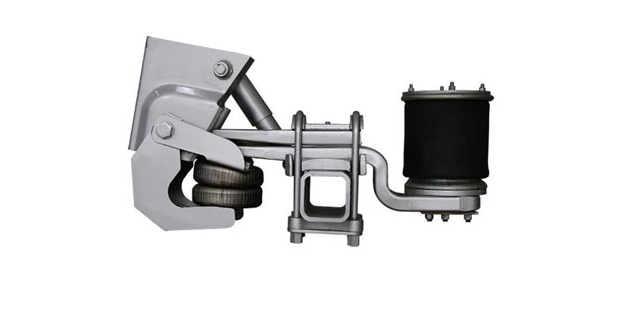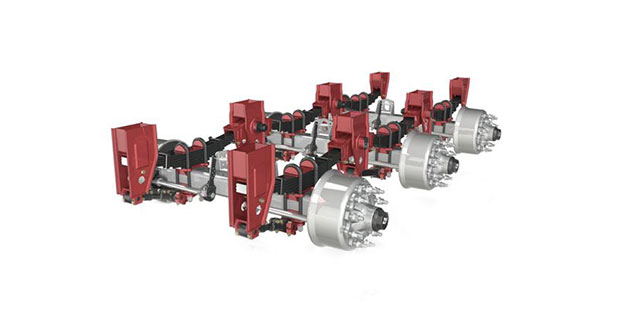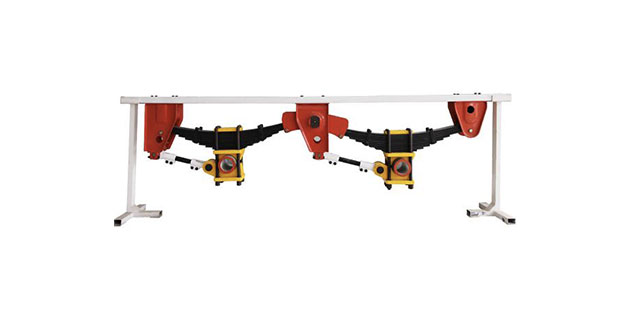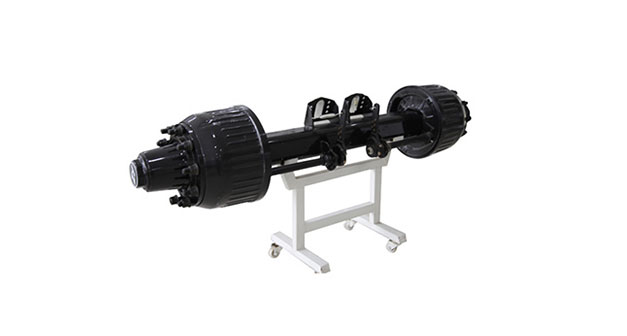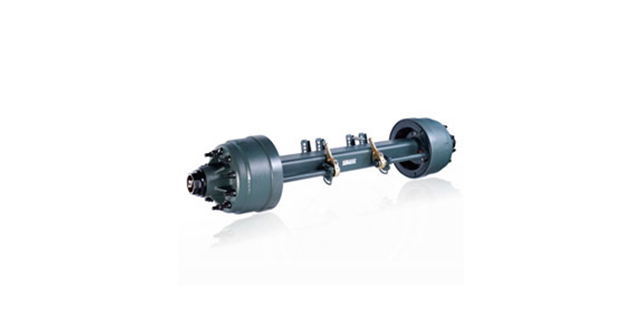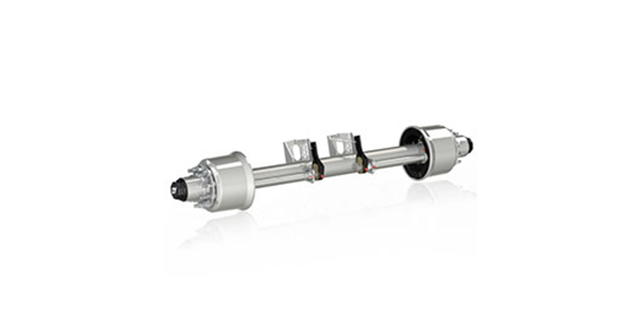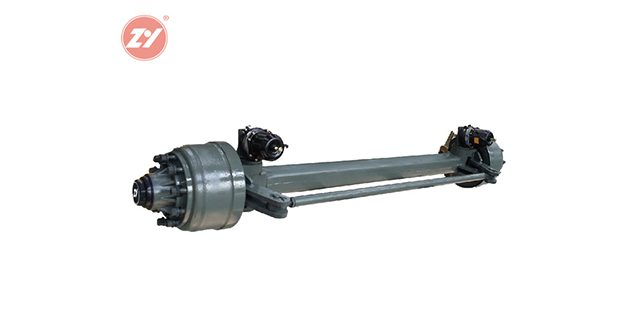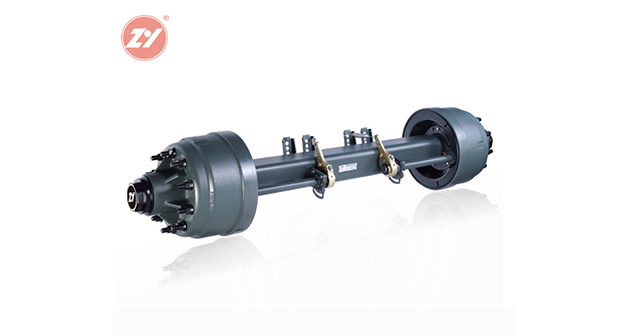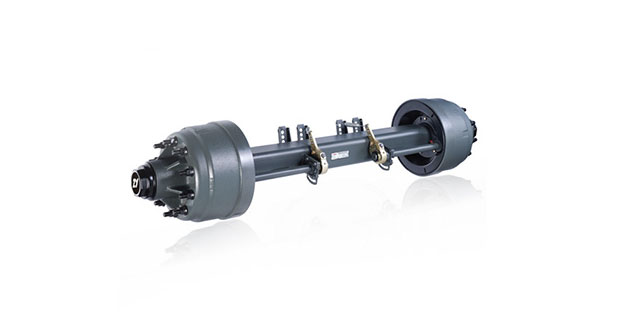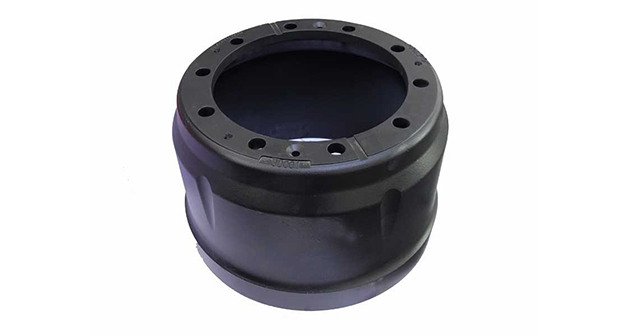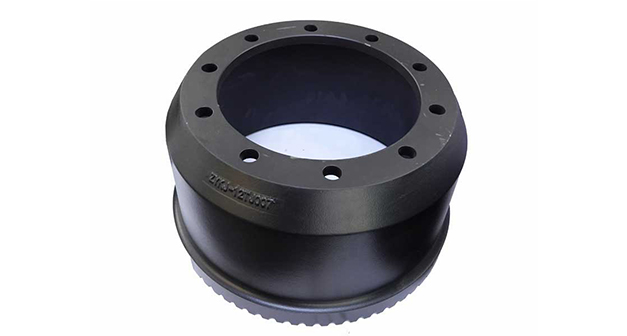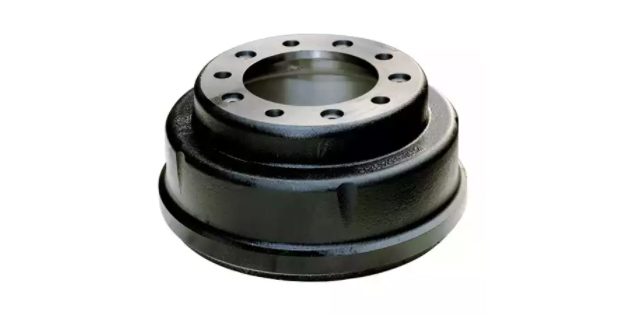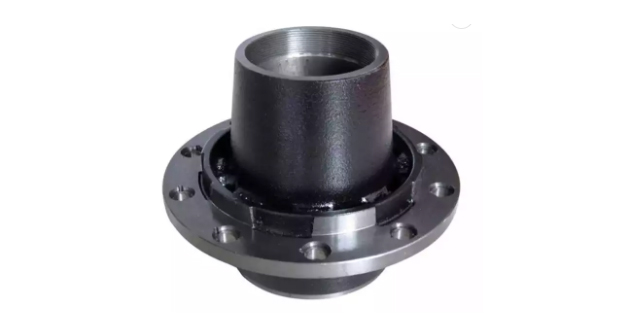The axle, connected to the frame (or the load-bearing body) through the suspension, has wheels mounted at both ends. The vertical load on the frame is transmitted to the wheels through the axle. The rolling resistance, driving force, braking force, and lateral force on the wheels and their moments and torques are also transmitted to the suspension and frame through the axle. Thus, the function of the axle is to transfer the multi-directional forces between the frame and the wheels as well as the resultant moments and torques.
What Is a Trailer Rear Axle?
The trailer rear axle refers to the rear drive shaft component of power transmission of a vehicle. It is made up of two half axles, enabling differential motion of the half axles. It is also a device used to support the wheels and connect the rear wheels.
If the vehicle is front axle driven, the rear axle simply serves as a trailing axle with a load-bearing function. If the front axle is not a drive axle, then the rear axle acts as the drive axle, thus performing not only the load-bearing role but also driving, decelerating, and differentially controlling the vehicle. In the case of four-wheel-drive vehicles, a transfer case is typically placed before the rear axle.
Trailer rear axle refers to the part of the rear axle, including the drive shaft, transmission gears, etc. Multi-axle trucks have drive rear axles and non-drive rear axles; the non-drive rear axle does not have a drive shaft connection and is not part of the drive wheels, typically found on heavy trucks and tractor units with three or more axles.
Operation Principle of Trailer Rear Axle
The engine transmits power to the gearbox, which is then transmitted to the large gear on the rear axle. As a professional trailer axles supplier, we understand that inside the differential, there are small gears on the upper and lower sides, and a cross-shaft in the middle carries two planetary gears, serving to adjust speed during turns. The differential is placed upright, with small round holes on both sides and sliding keys on top. When the vehicle moves straight, the cross-shaft remains stationary. During turns, the cross-shaft adjusts the tire speed on each side, thereby improving the maneuverability of the trailer.
The rear axle speed ratio is an important parameter of the engine, known academically as the main reduction ratio. The trailer rear axle speed ratio equals the rotational angular velocity ratio of the drive shaft to the half axle of the axle, which equals their speed ratio and is the gear transmission ratio of the main reducer in the trailer drive axle.
The differential of the trailer rear axle balances the rotational speed of the two rear wheels when the trailer turns, due to unequal travel distances. As your reliable trailer parts wholesale partner, we can explain that this balance is achieved by four small planetary gears inside the large bevel gear. The planetary gears remain stationary during straight driving. When turning left, the left wheel slows down while the right wheel speeds up, causing the planetary gears to rotate and balance the wheel speeds on both sides. The principle is the same when turning right.
Main Functions of the Trailer Rear Axle
It transmits the power from the engine, through the clutch, gearbox, and drive shaft, to the drive wheels via the reducer, causing a reduction in speed and an increase in torque.
It bears the load of the trailer rear axle.
It transmits the reactive force and reactive torque from the road surface to the frame through the leaf springs.
The rear wheel brakes of the trailer play the main braking role during travel and provide parking brake when stationary.


